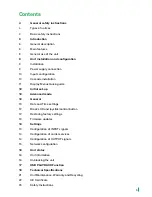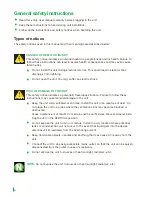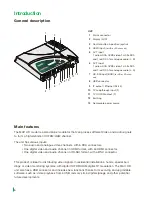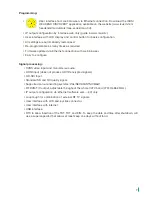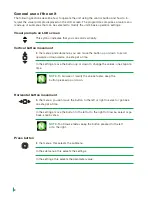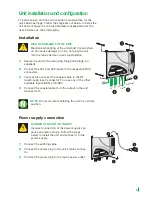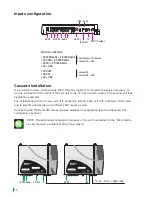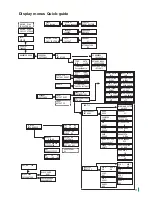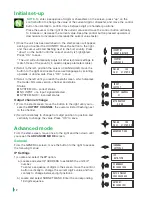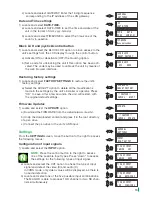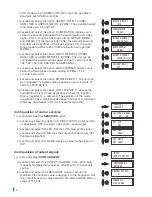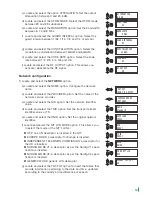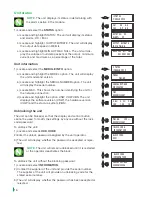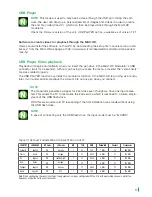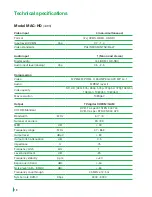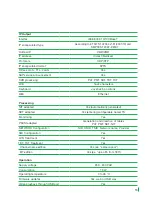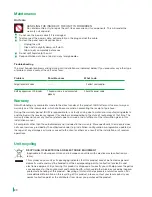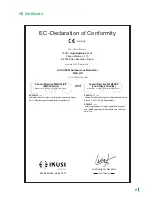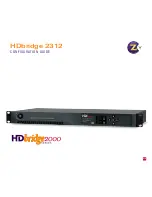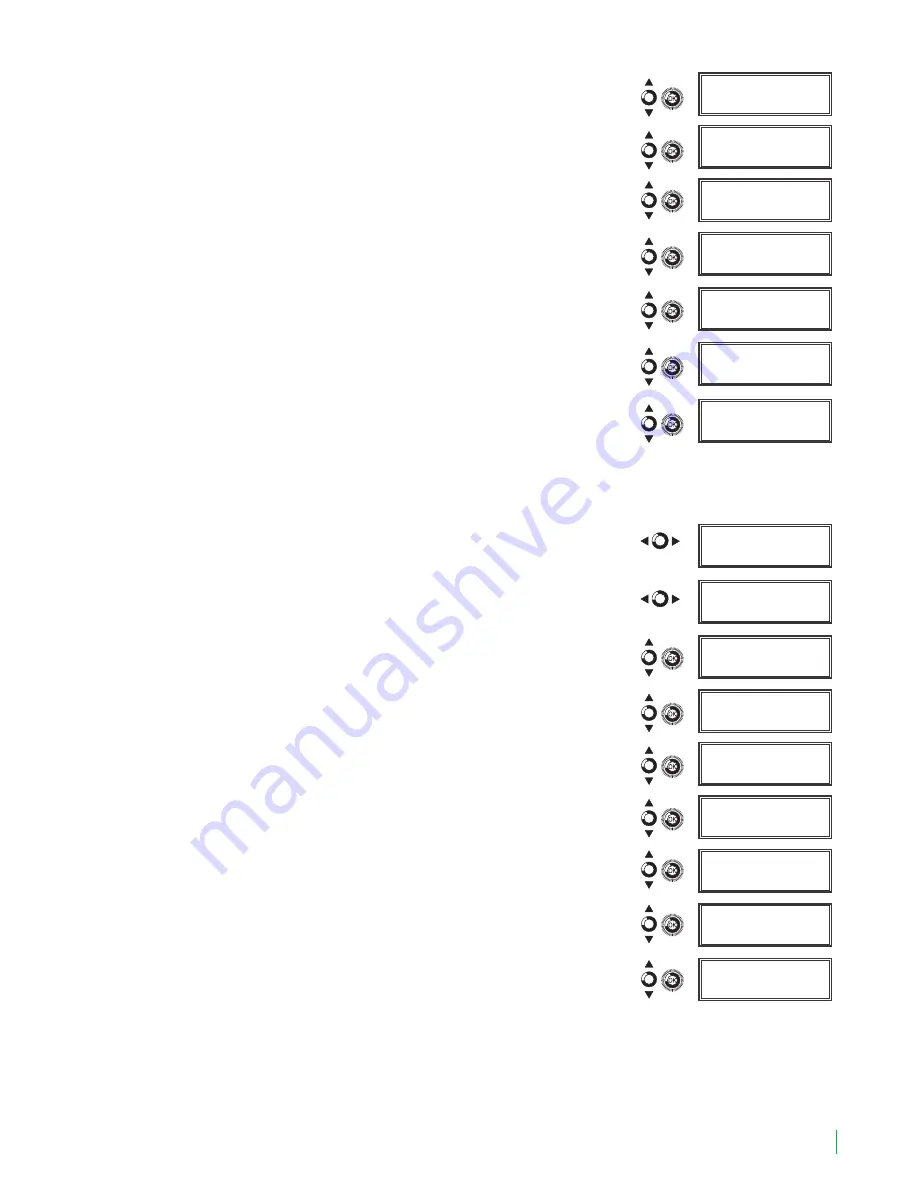
15
c) Locate and select the option ATTENUATION. Set the output
attenuation between 0 and 25.5 dB.
d) Locate and select the OFDM MODE. Select the OFDM mode
between 2K and 8K subcarriers.
e) Locate and select the BANDWIDTH option. Set the bandwidth
between 6, 7 and 8 Mhz.
f) Locate and select the GUARD INTERVAL option. Select the
guard interval between 1/32, 1/16, 1/8 and 1/4 of symbol.
g) Locate and select the CONSTELLATION option. Select the
modulation constellation between 16QAM and 64QAM.
h) Locate and select the CODE RATE option. Select the code
rate between 1/2, 2/3, 3/4, 5/6 and 7/8.
i) Locate and select the RF OUTPUT option. This allows you
activate / deactivate the RF signal.
Network configuration
1) Locate and select the
NETWORK
option.
a) Locate and select the NAME option. Configure the network
name.
b) Locate and select the PROVIDER option. Set the name of the
network service provider.
c) Locate and select the NID option. Set the network identifier
value.
d) Locate and select the TSID option. Set the transport stream
identifier value or TS.
e) Locate and select the ONID option. Set the original network
identifier.
f) Locate and select the NIT LCN MODE option. This allows you
to select the mode of the NIT’s LCNs :
OFF: no LCN descriptor is inserted in the NIT.
EUROPE MODE: a descriptor for Europe is inserted.
INDEPENDENT TELEVISION COMMISSION: a descriptor for
the UK is inserted.
NORDIG MODE V1: a descriptor as per the Nordig V1 speci-
fication is inserted.
NORDIG MODE V2: a descriptor as per the Nordig V2 speci-
fication is inserted.
GENERIC MODE: generic LCN descriptor.
g) Locate and select the TDT-TOT option to insert the tables that
provide information pertaining to the date and time, updated
according to the country’s time difference or season.
OUTPUT
>DVB-T/C OUTPUT
CONFIGURER RF
>NETWORK
NAME
Standard
SUPPLIER
IKUSI
ATTENUATION
0.0 dB
NID
00001
OFDM MODE
8K
TSID
00021
BANDWIDTH
8 MHz
ONID
00100
GUARD INTERVAL
1/4
CONSTELLATION
64 QAM
MODE NIT LCN
OFF
CODERATE
1/4
INSERT TDT-TOT
ON
RF OUTPUT
ON



